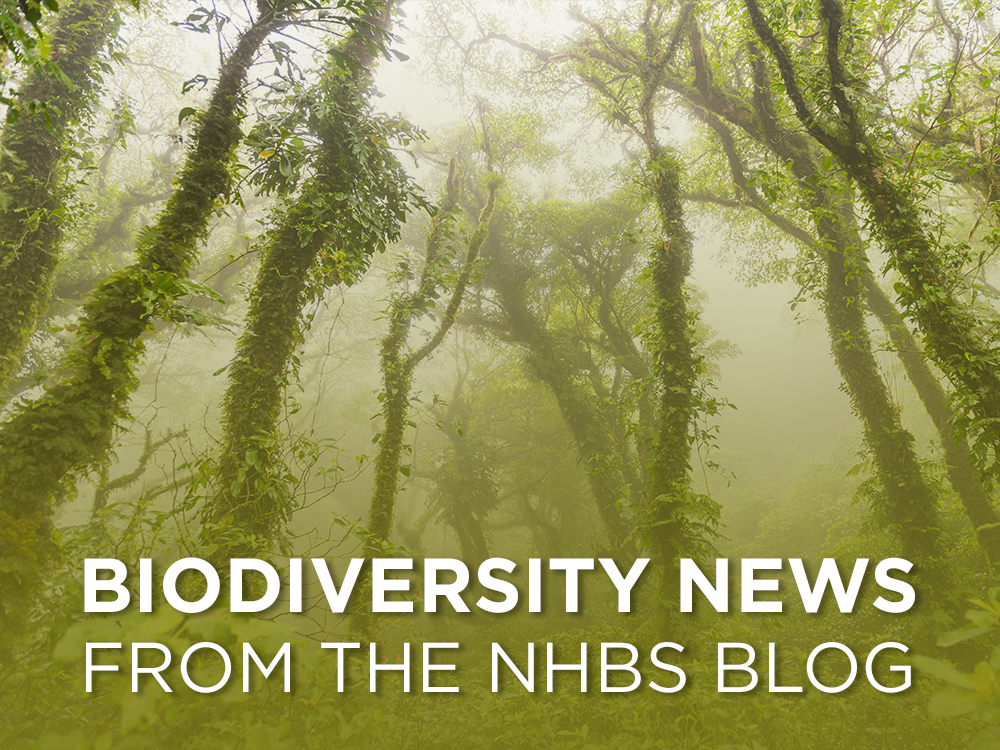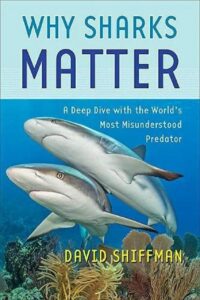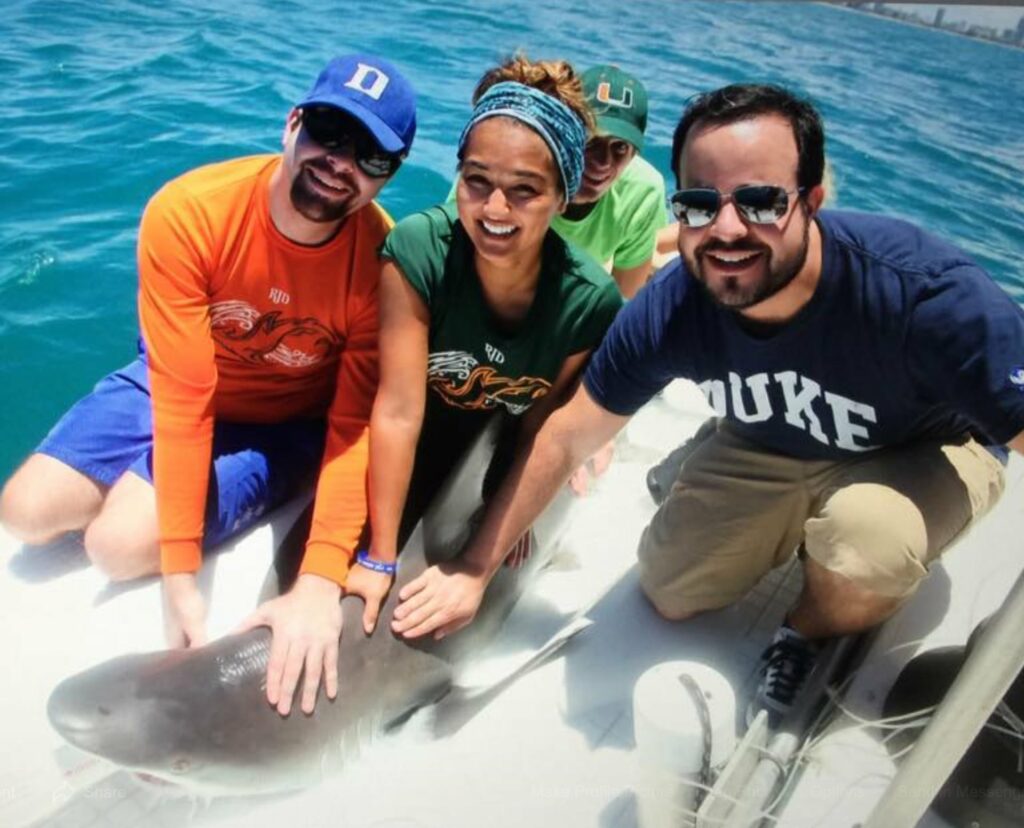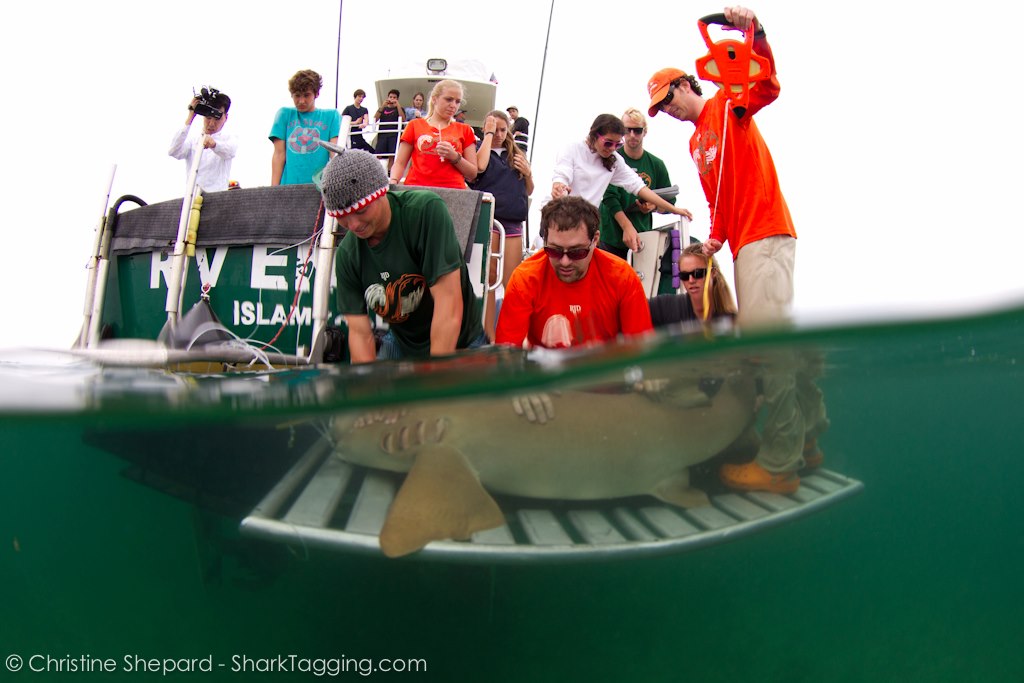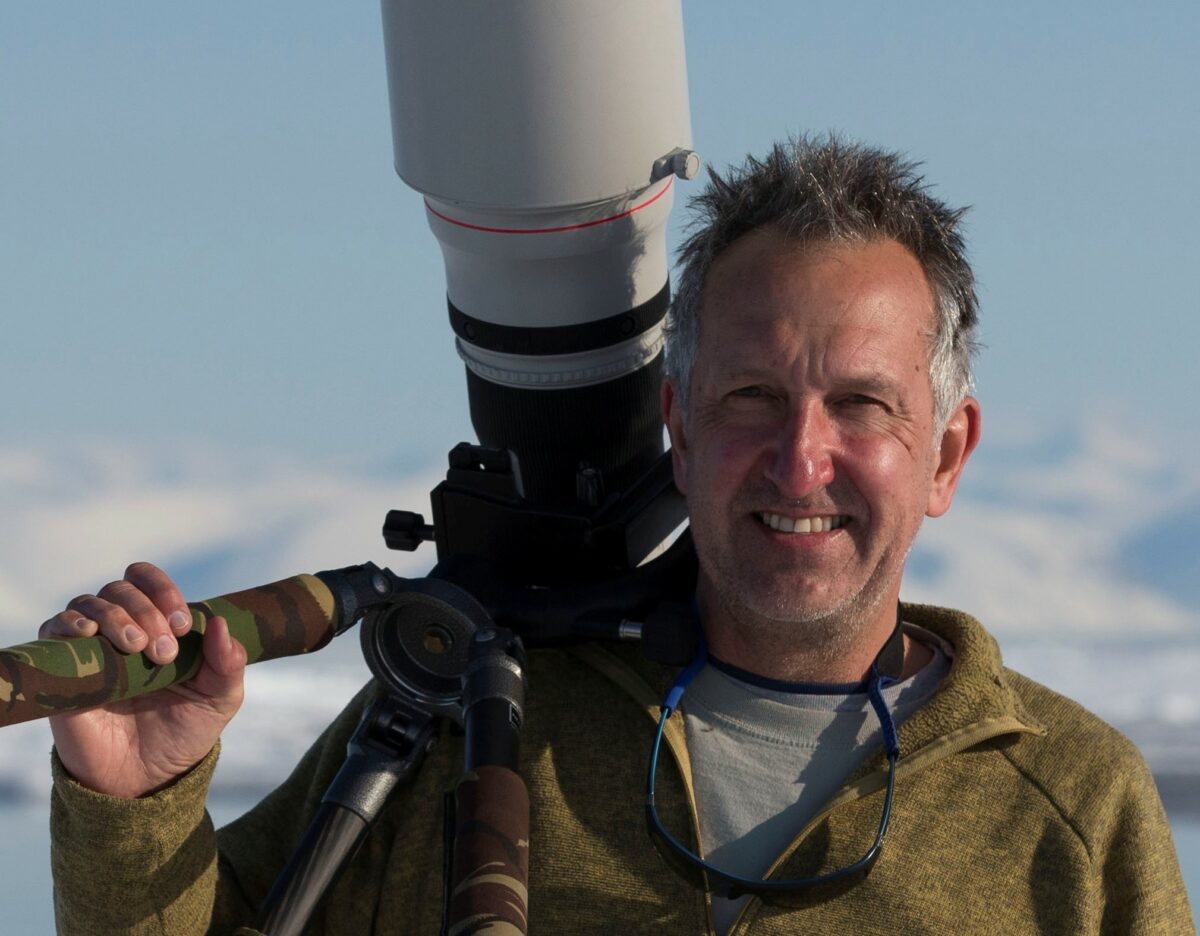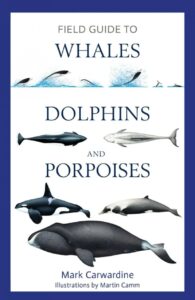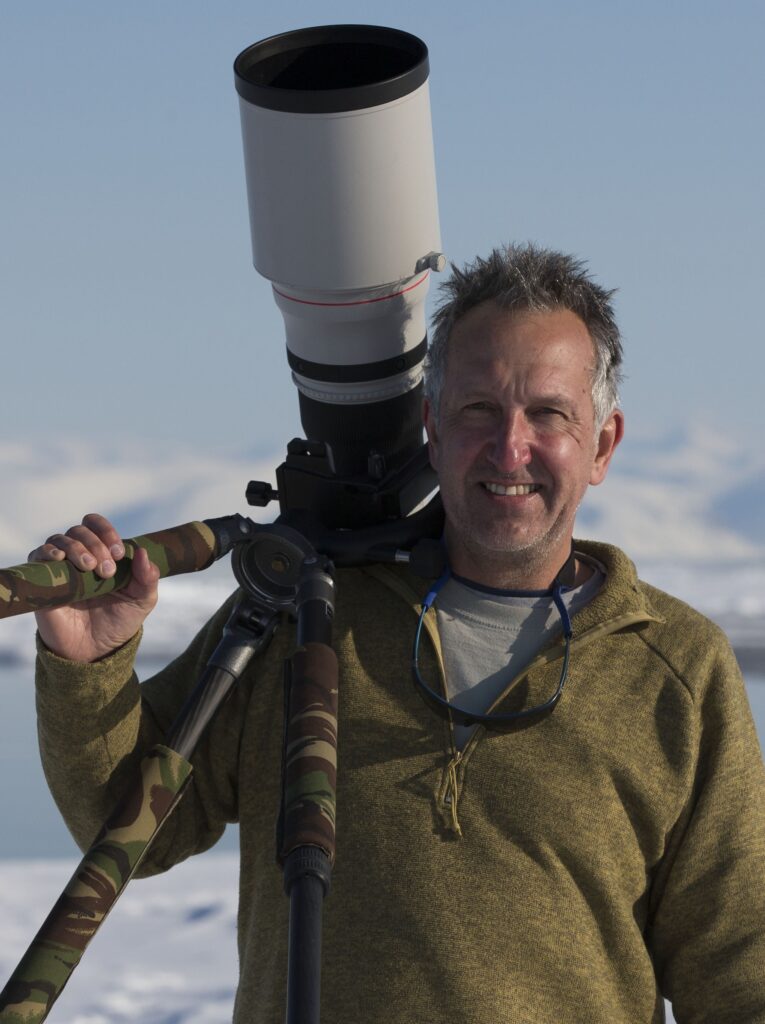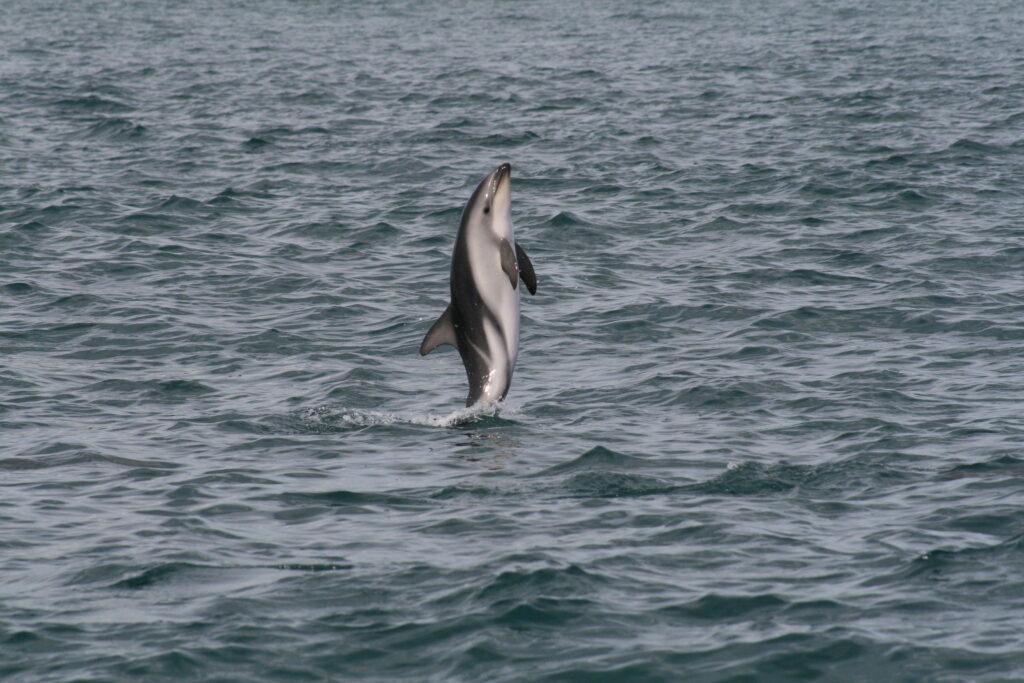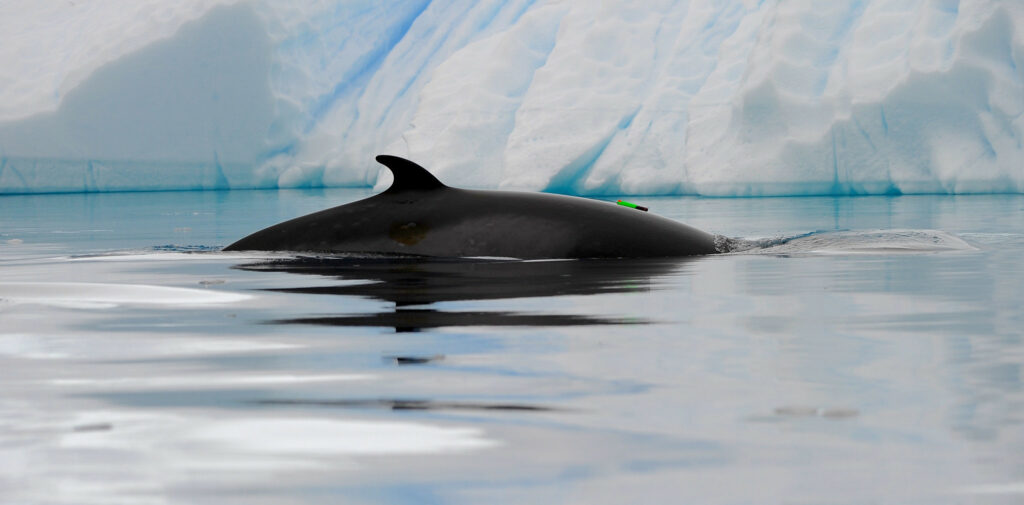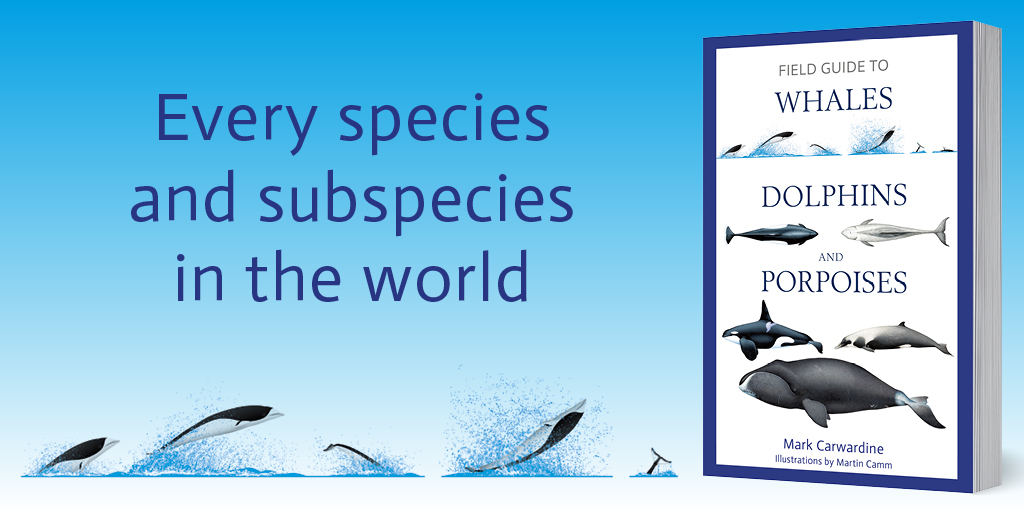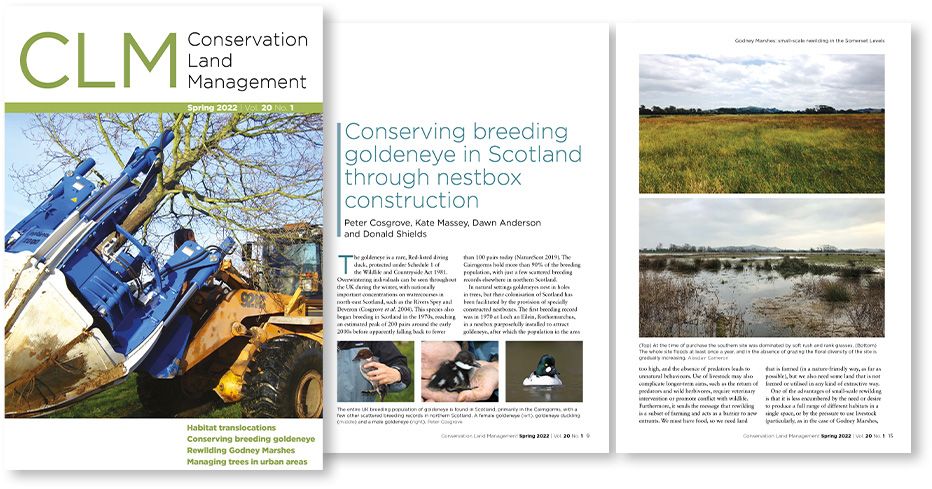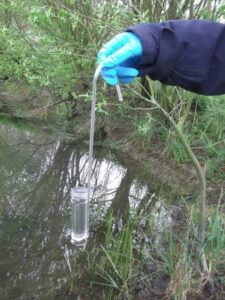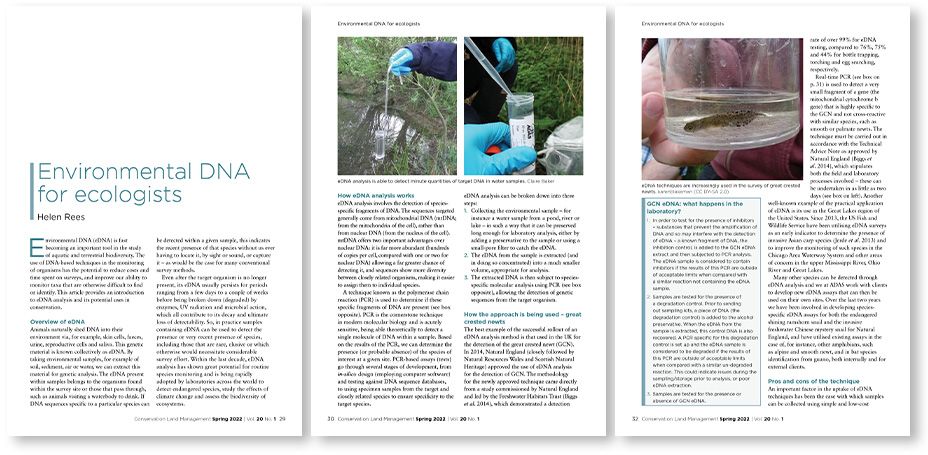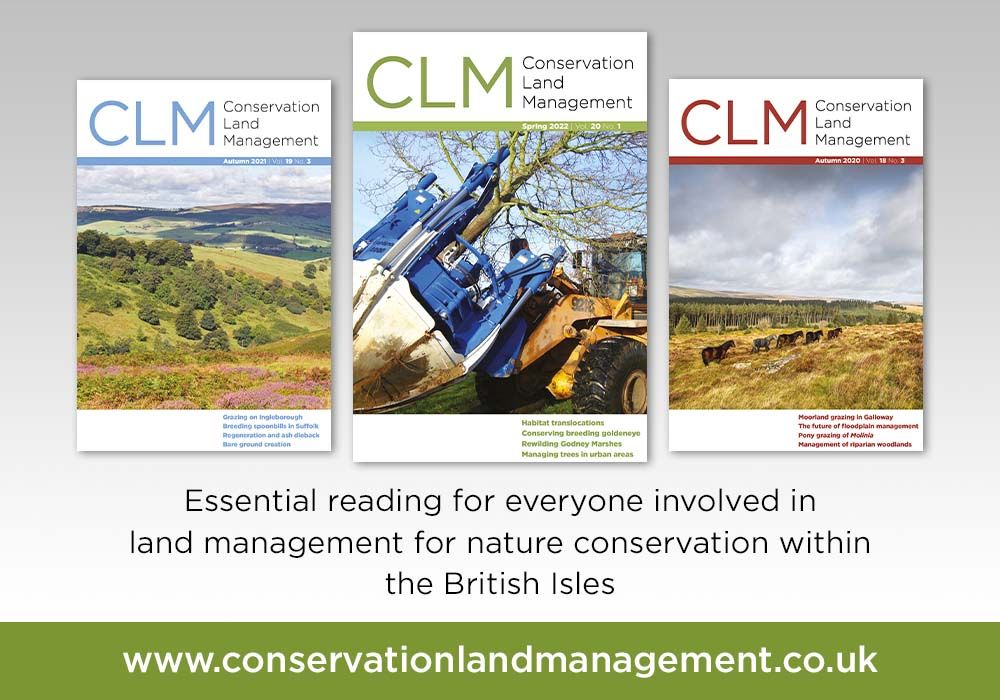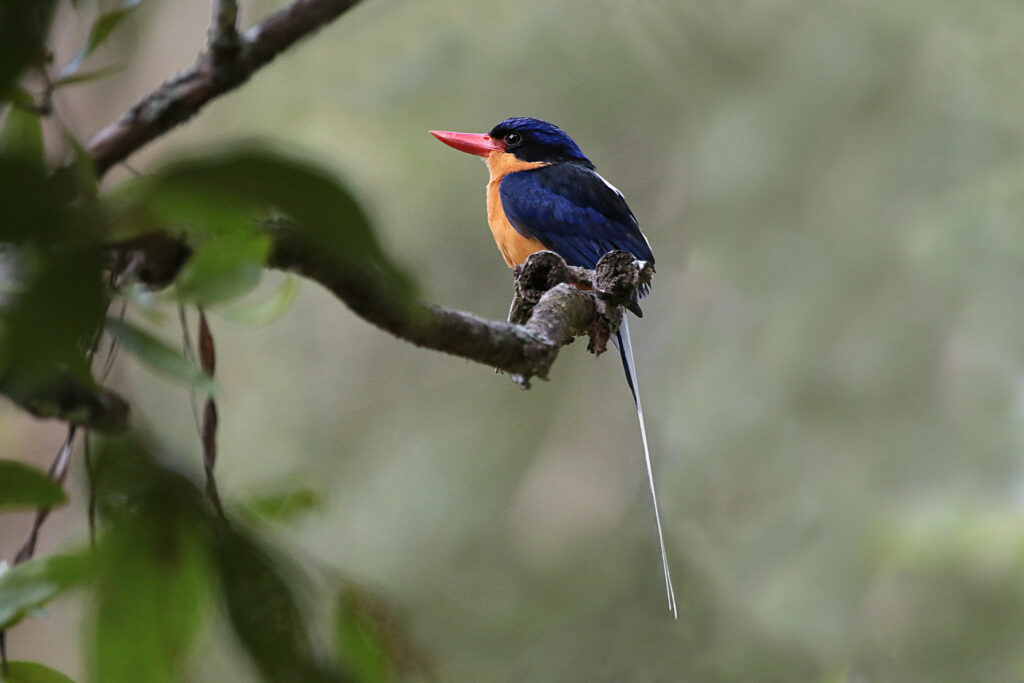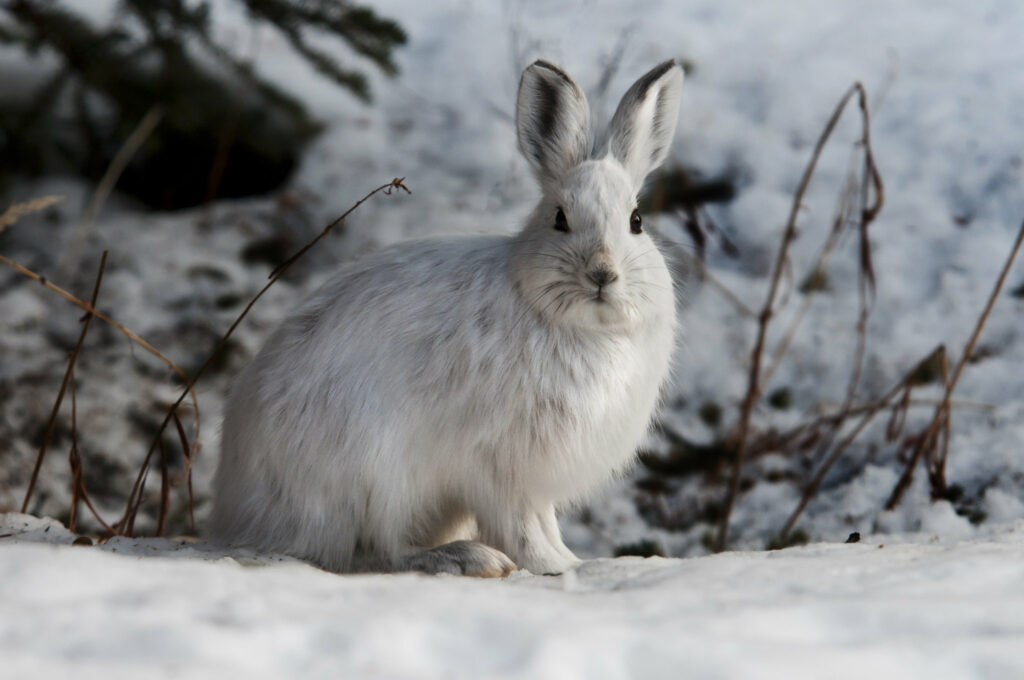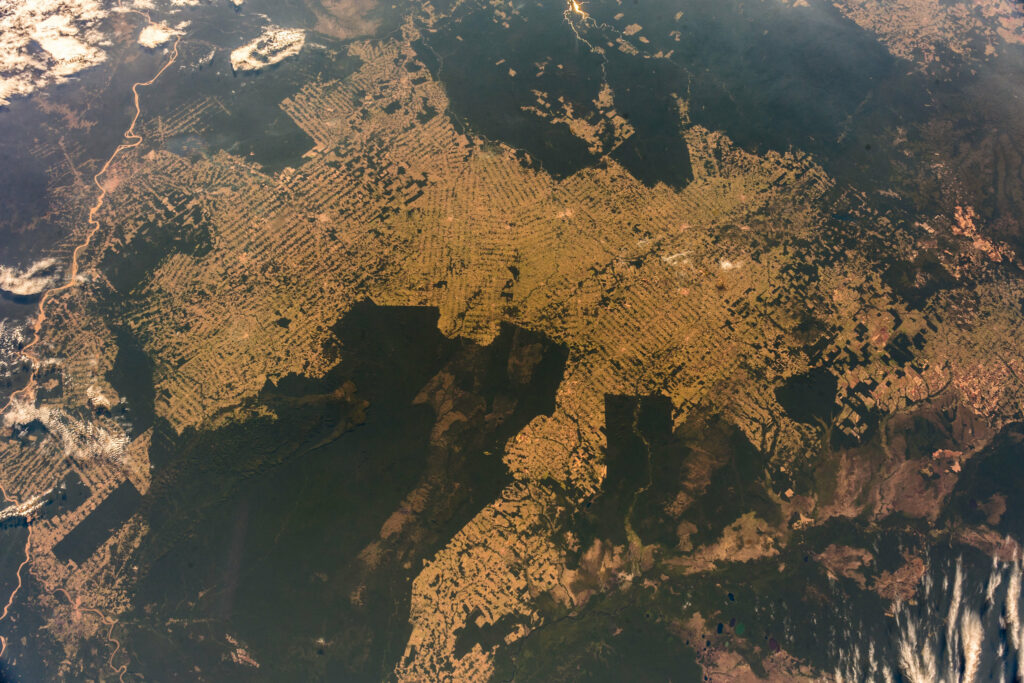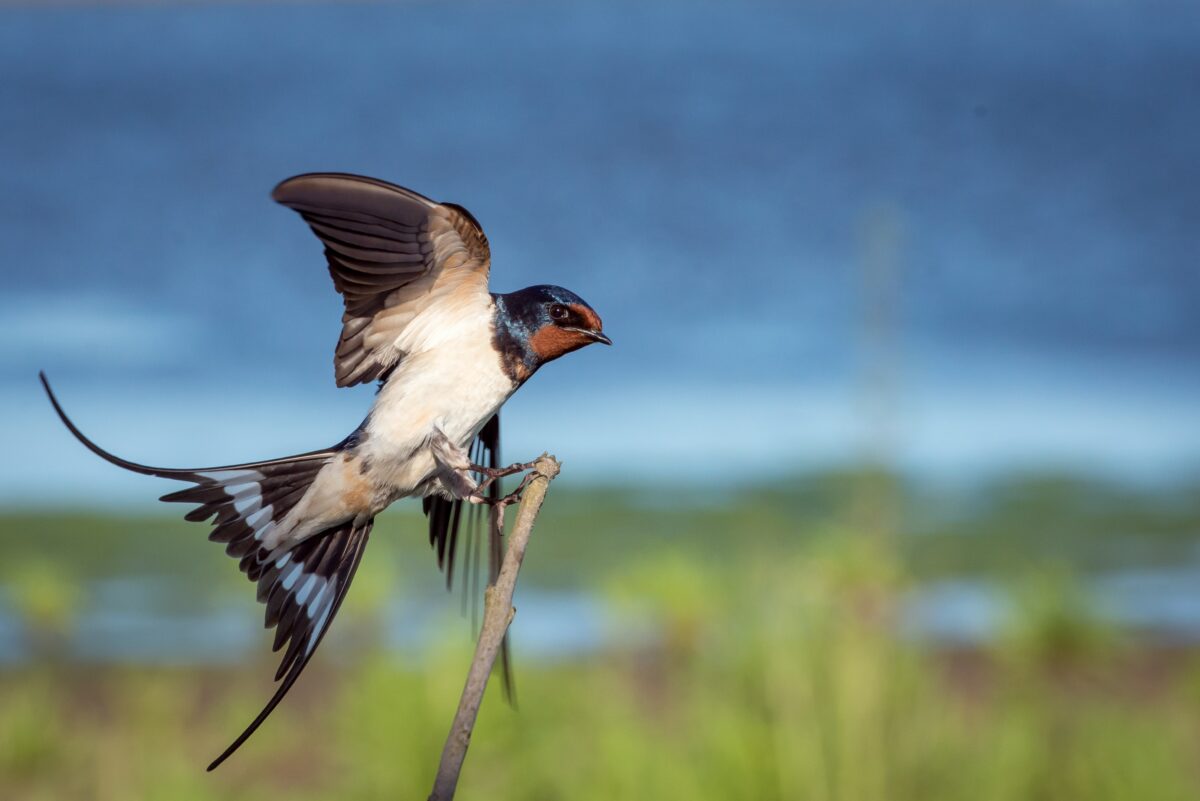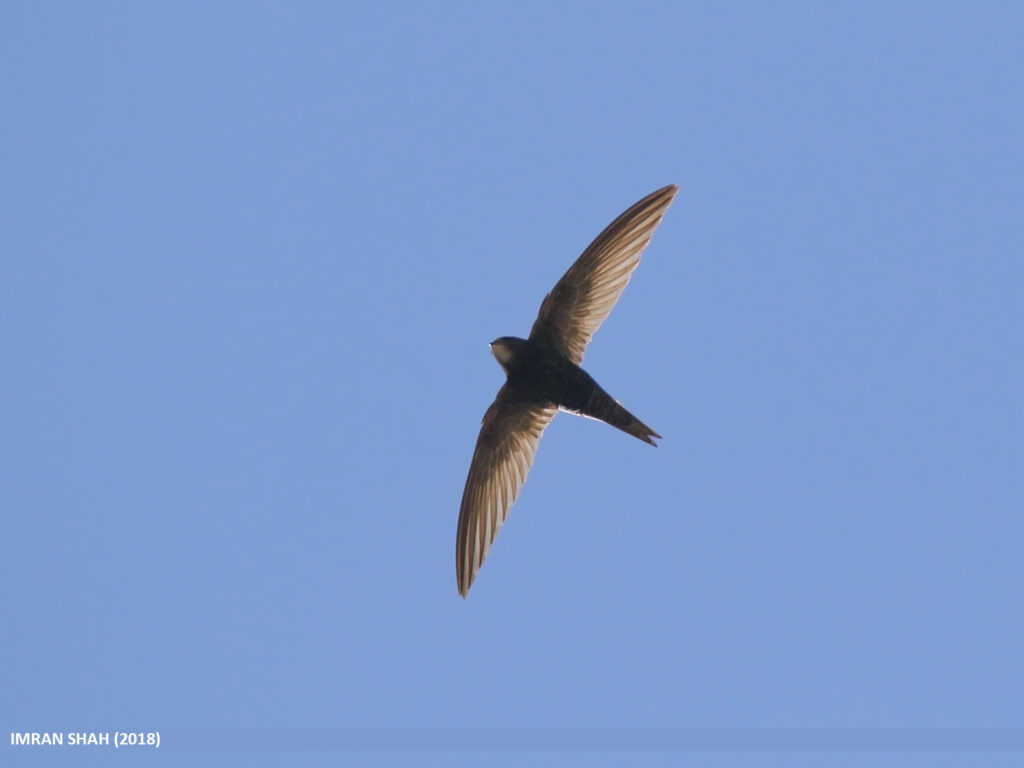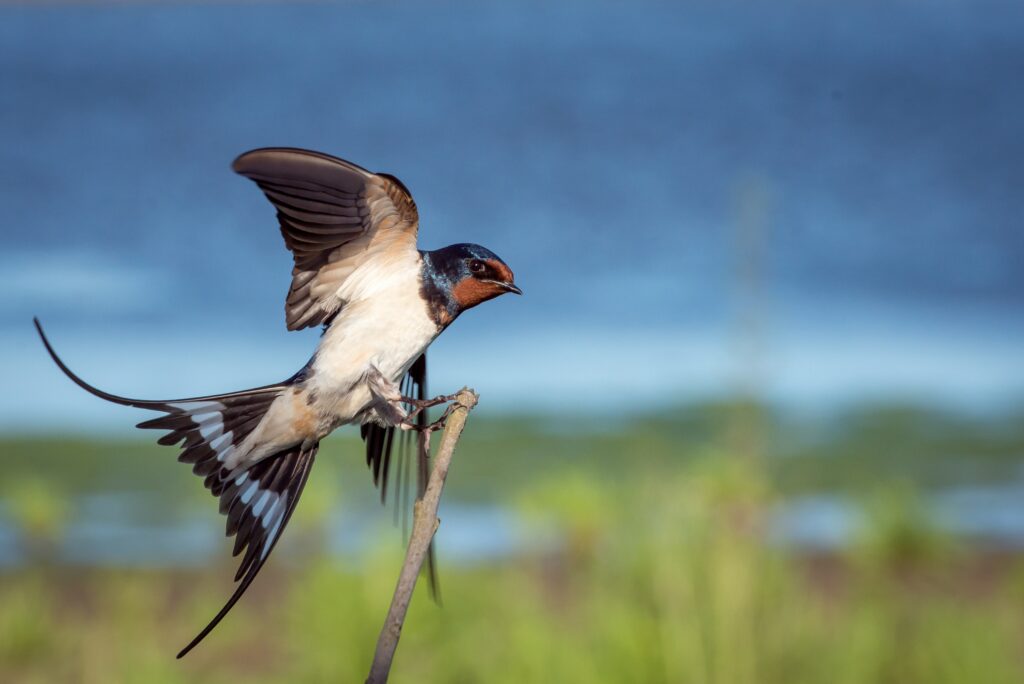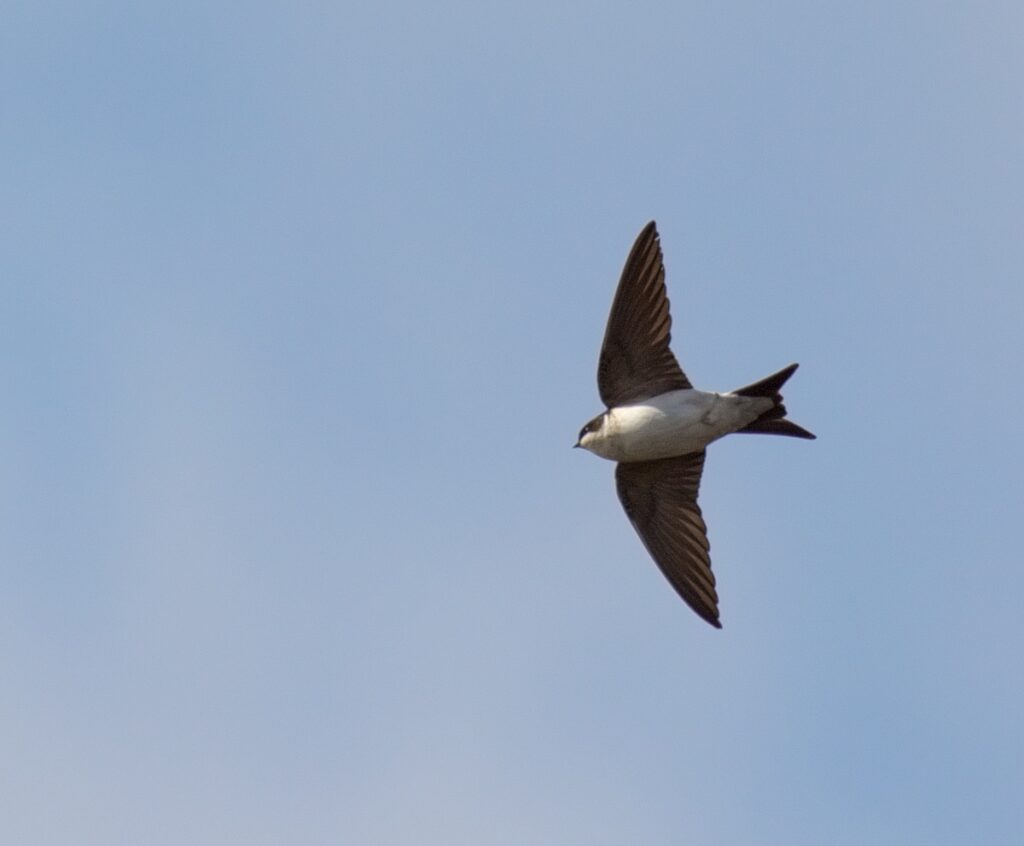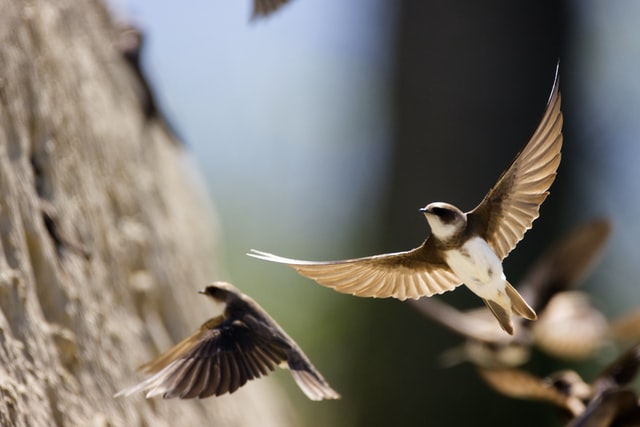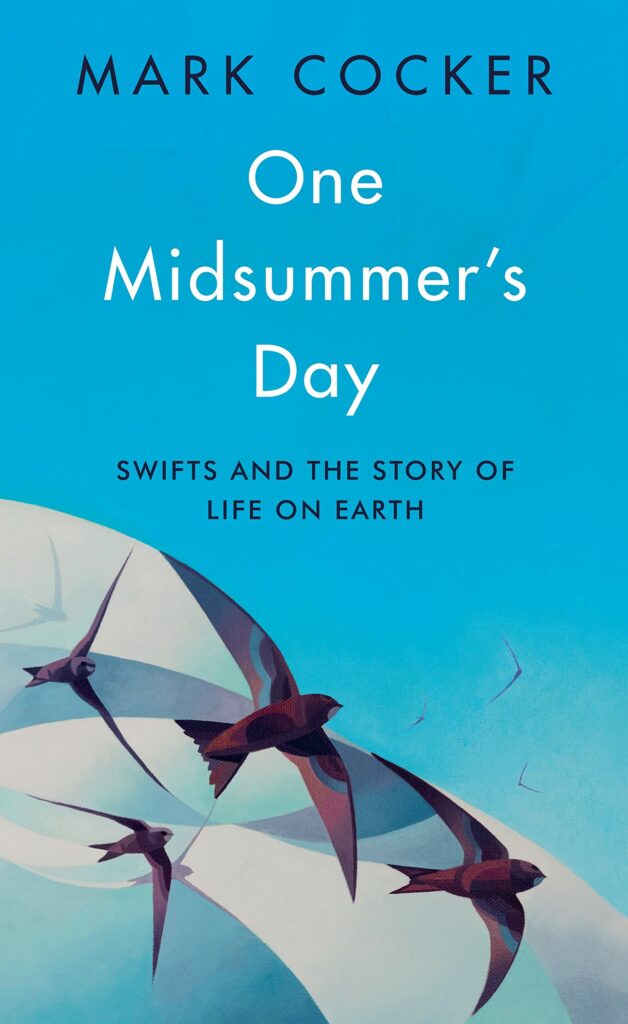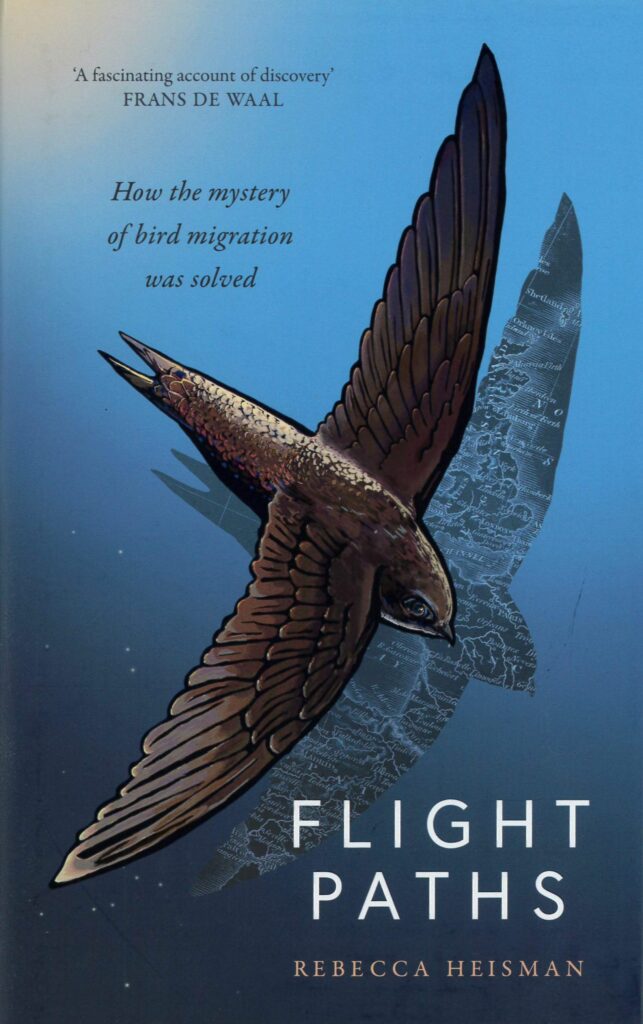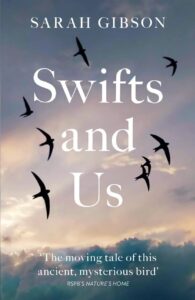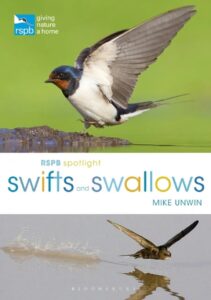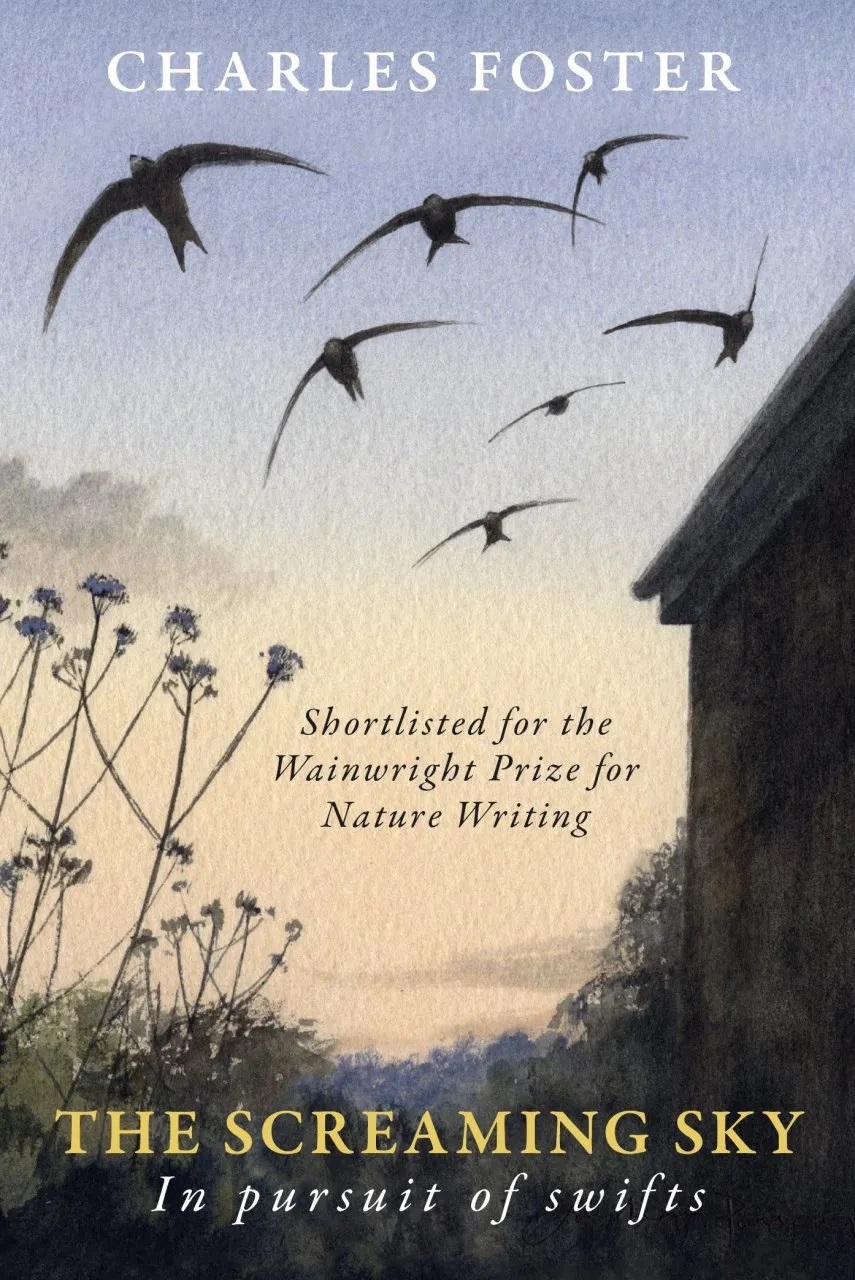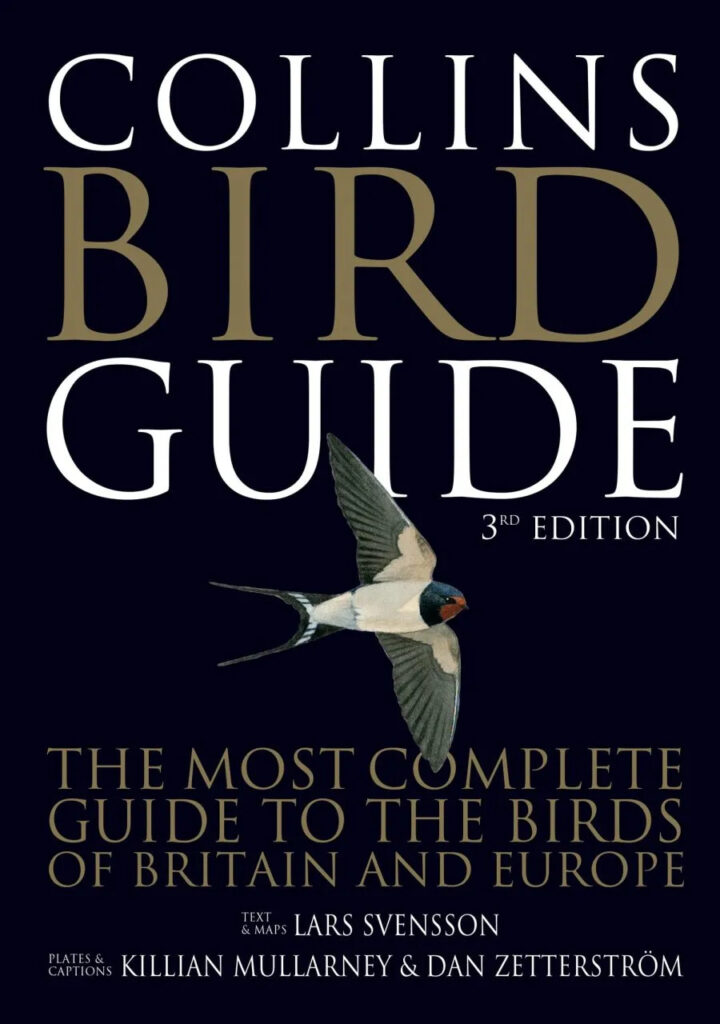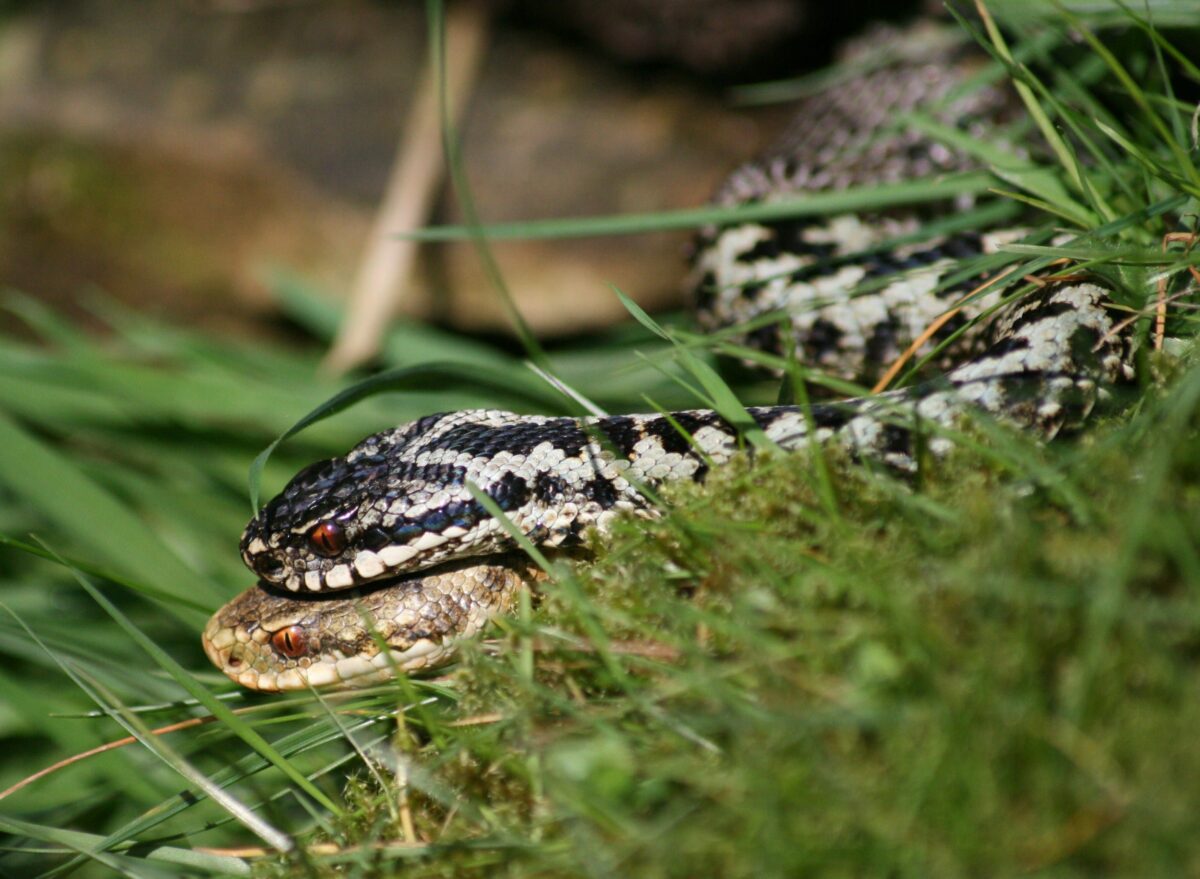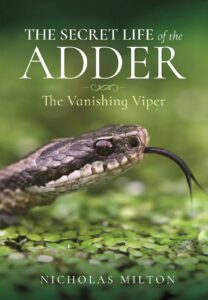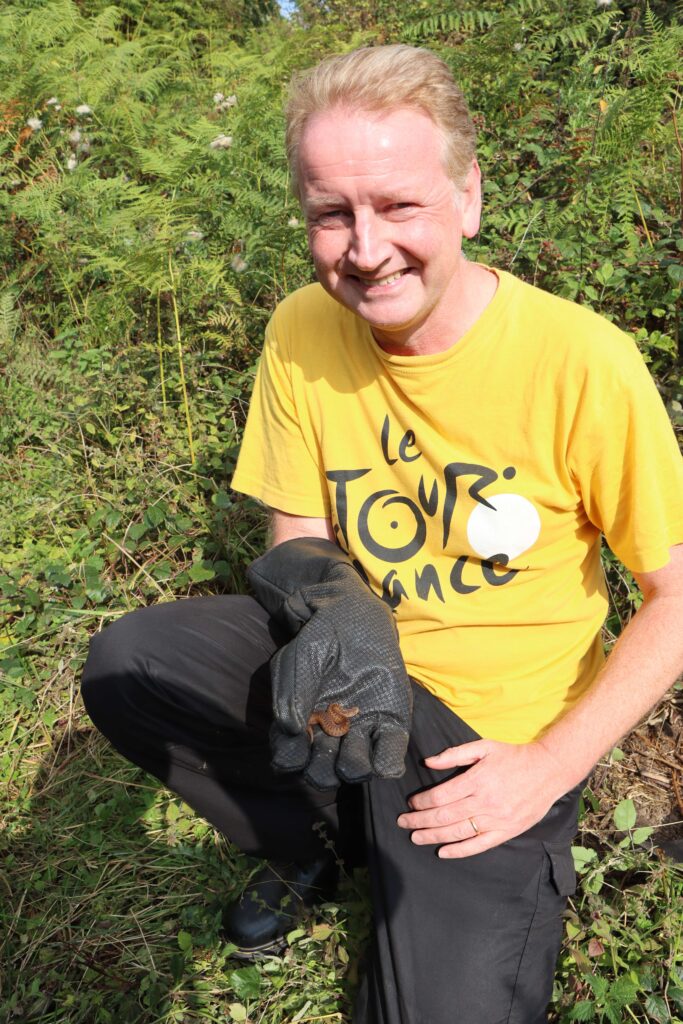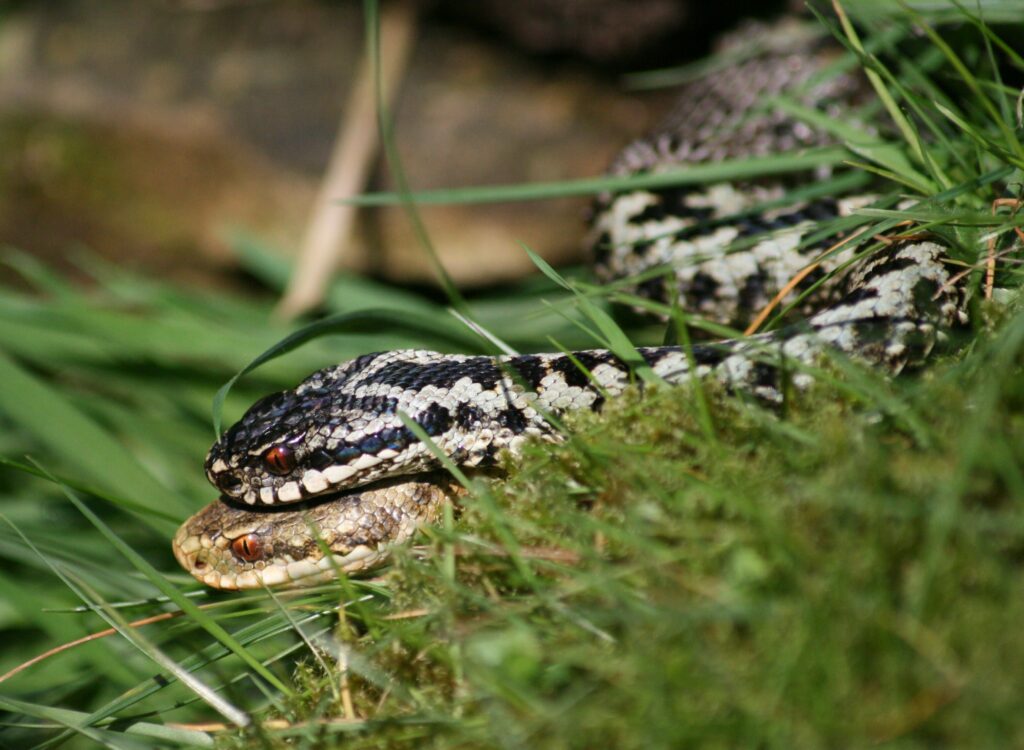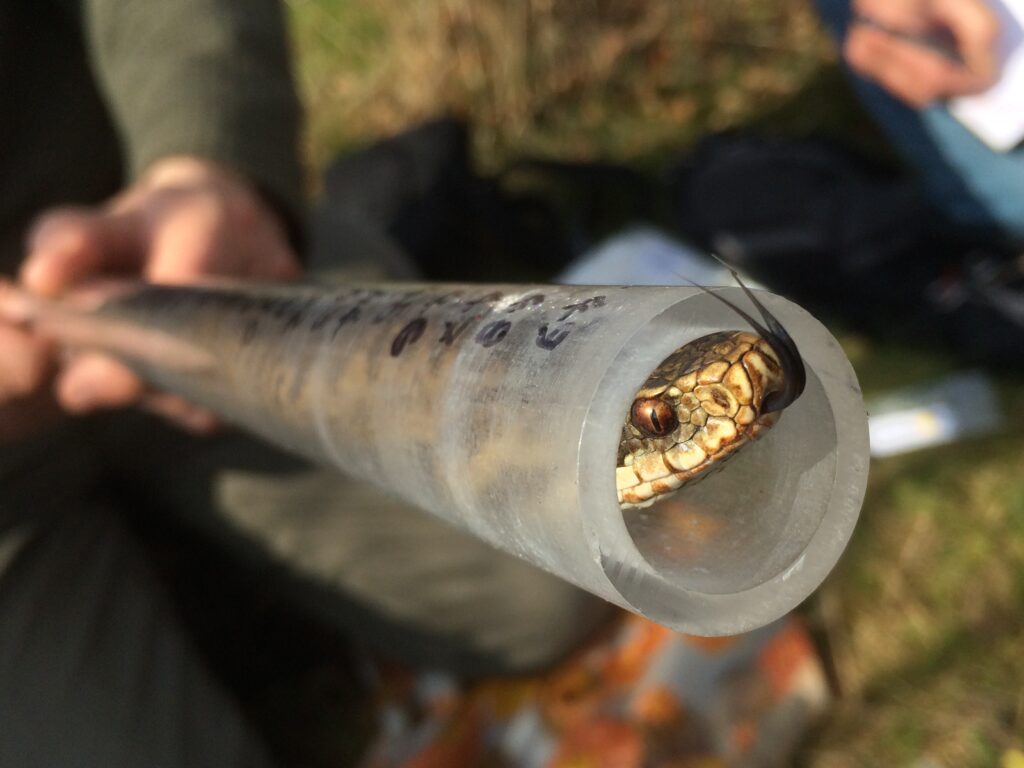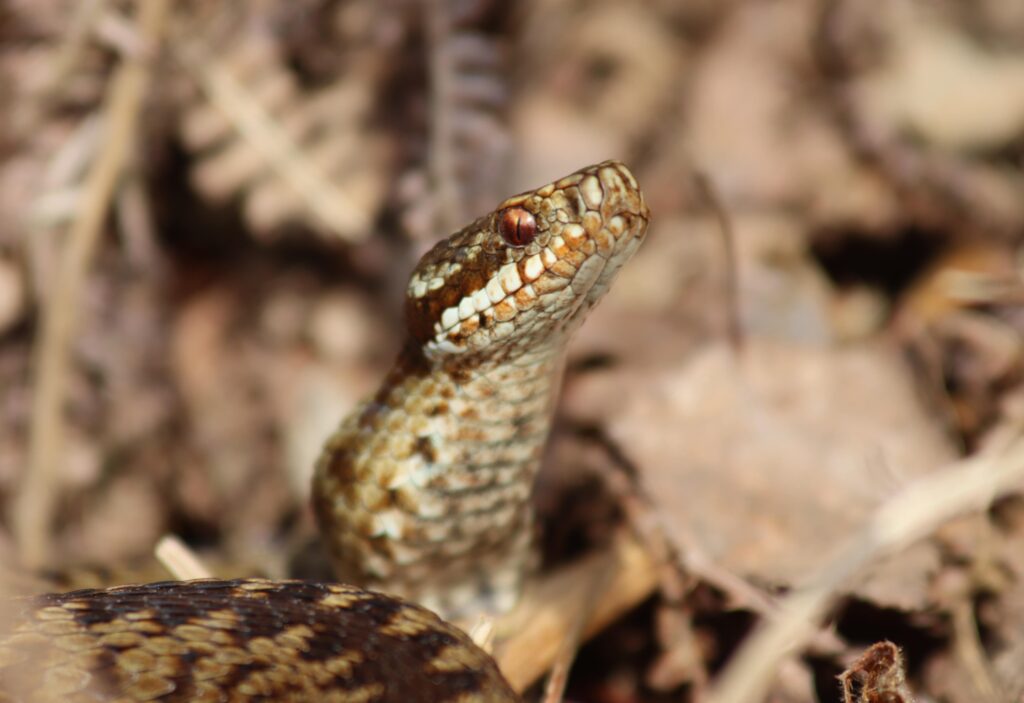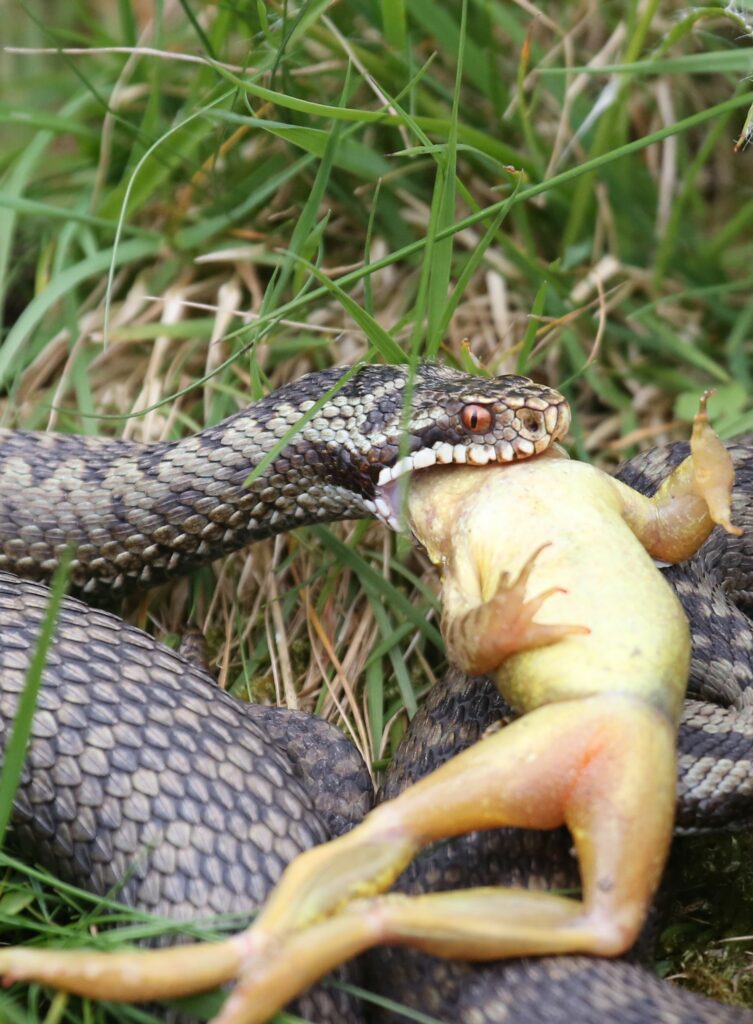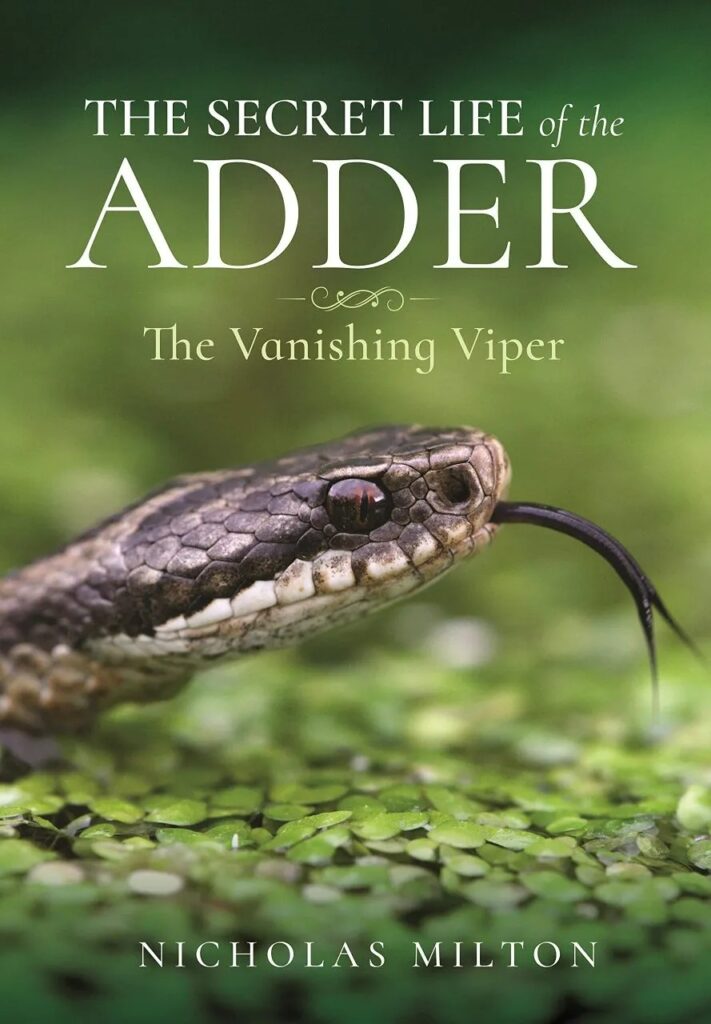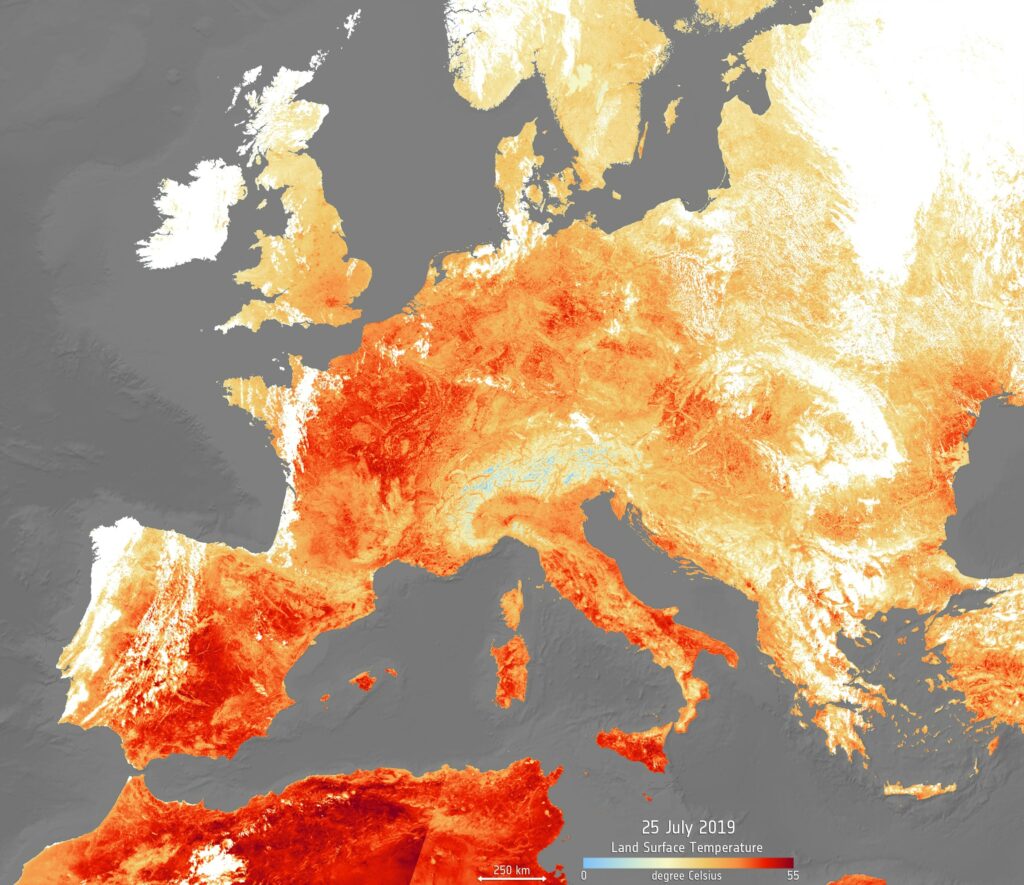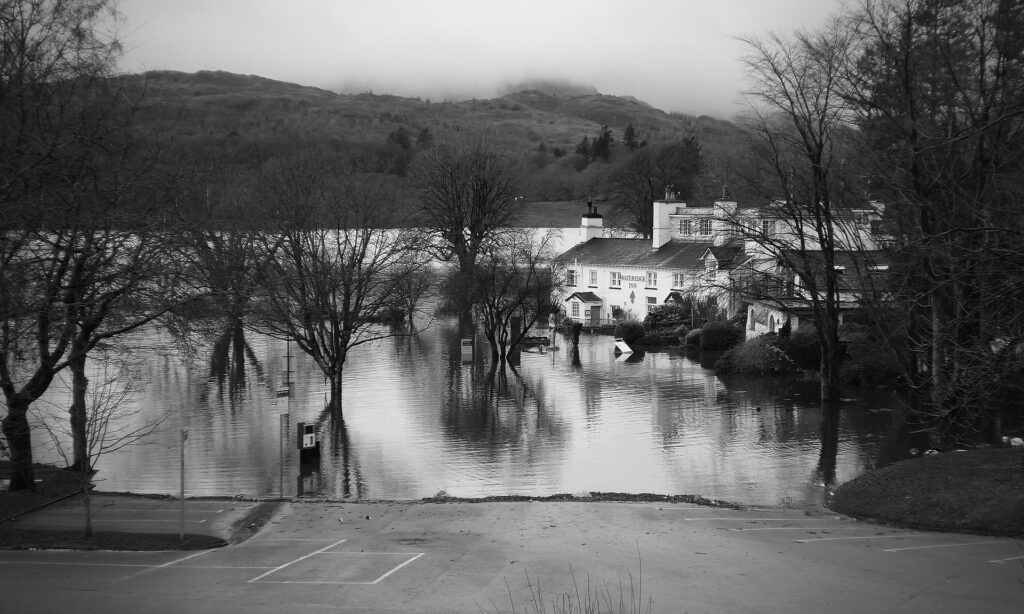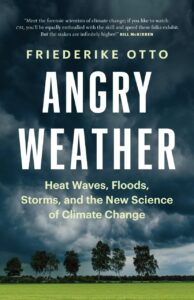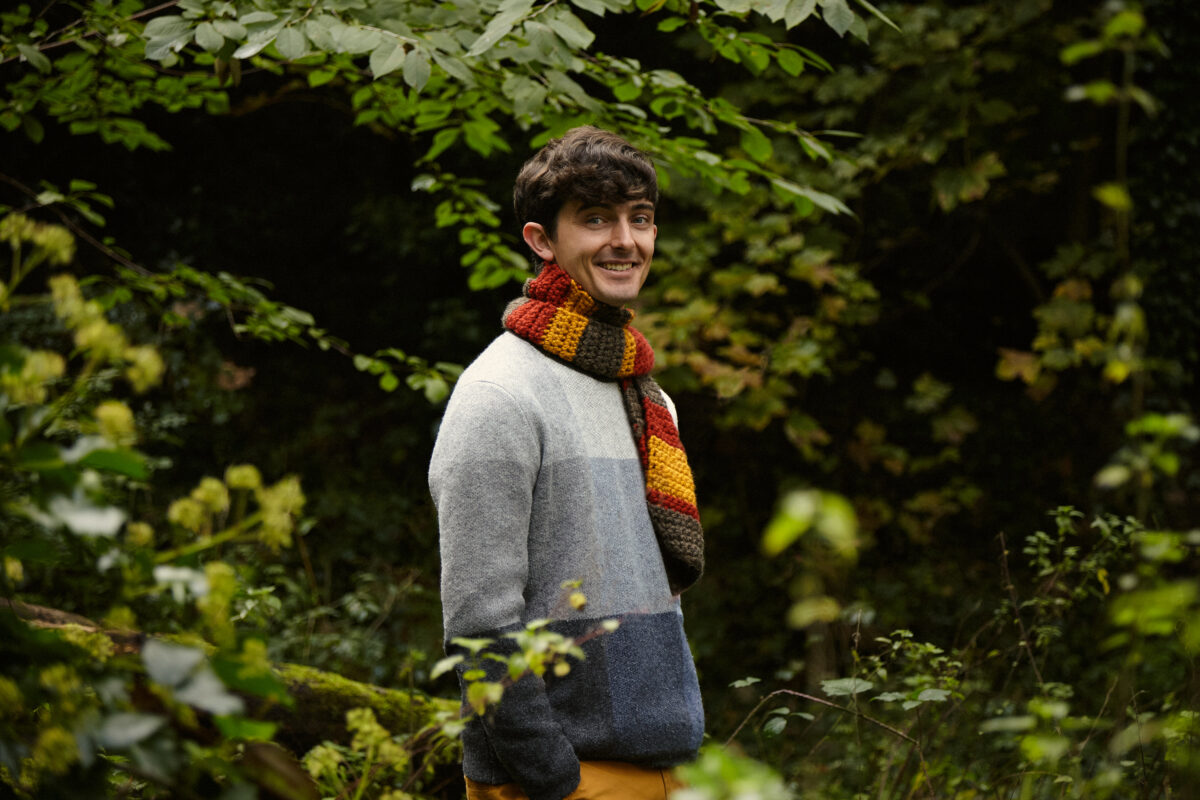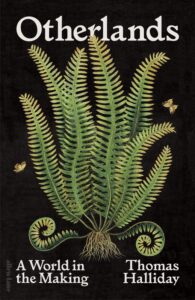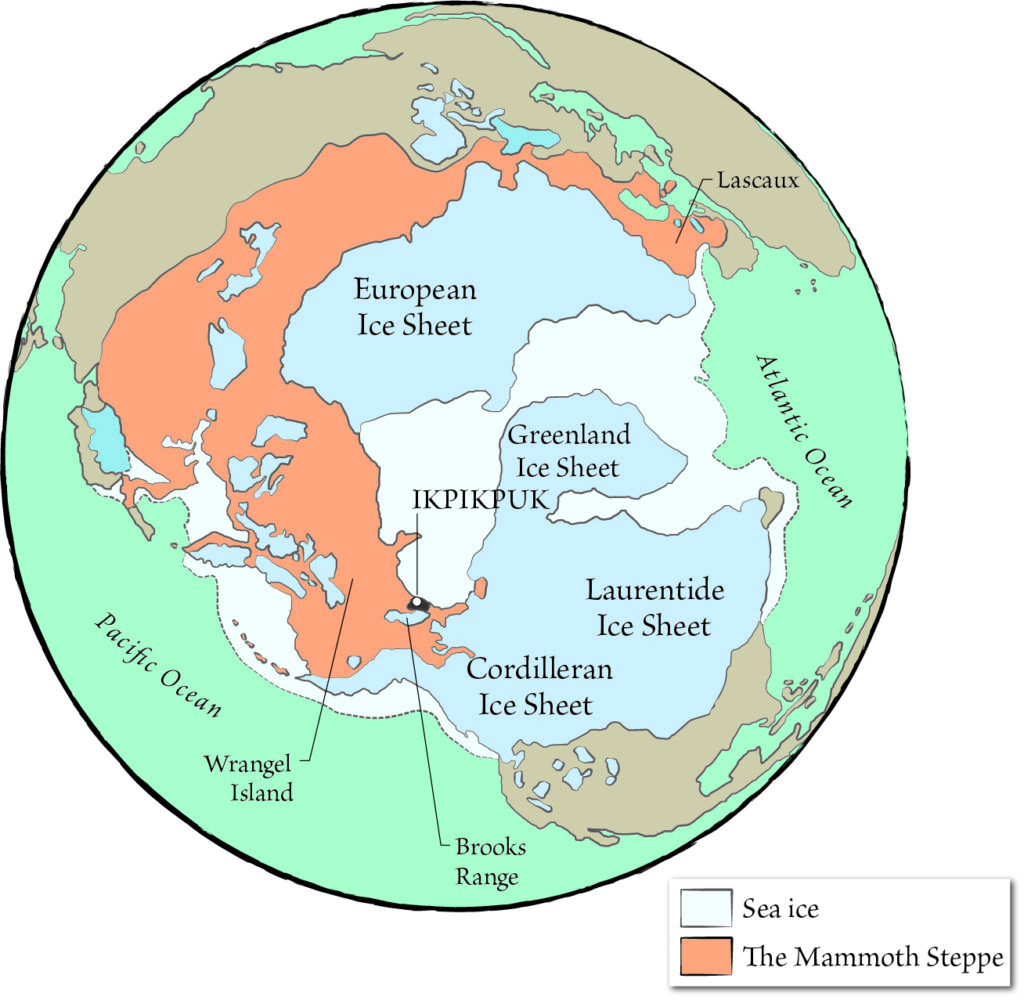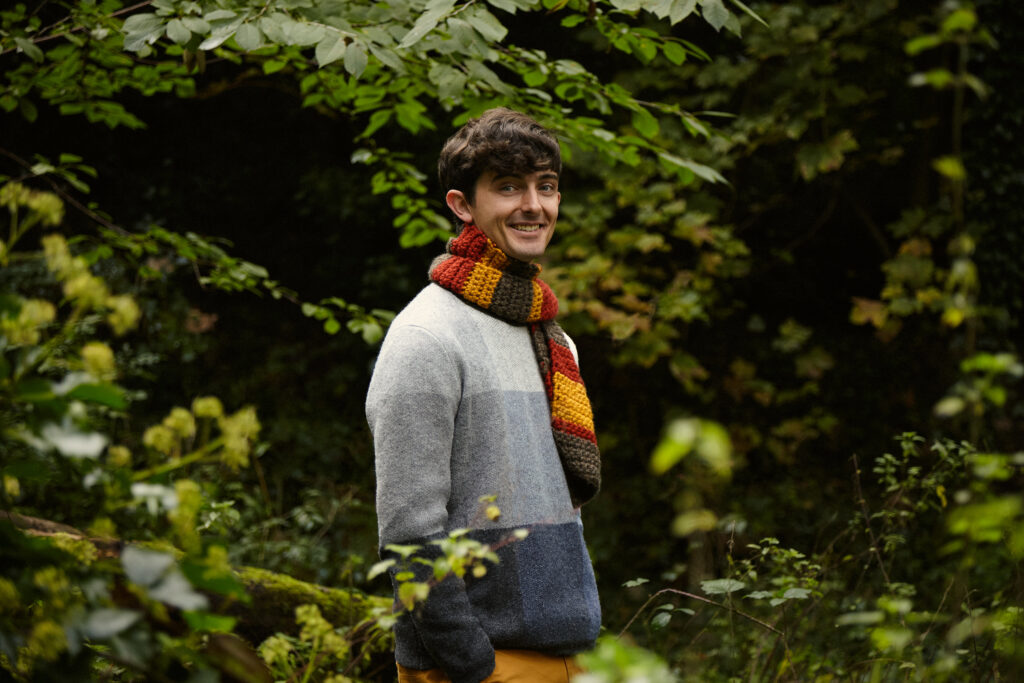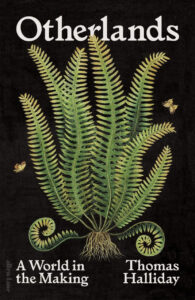Climate change
Global forest destruction has continued, despite pledges to end deforestation during COP26. Satellite data has shown that 3.75 million hectares of tree cover disappeared across primary tropical forests in 2021, an average of 10 football pitches a minute. The rate has not significantly changed in recent years, despite over 100 world leaders signing the COP26 pledge to end deforestation within the decade. The loss was estimated to have released 2.5 billion tonnes of carbon emissions, equivalent to India’s annual emissions, the third-highest carbon-emitting country in the world. In similar news, northern regions of the world saw record tree cover losses in 2022. Figures were up 30% compared to 2020 for these boreal forests, with wildfires causing huge losses. Climate change is seen as a key driver for the losses in this area, as drier, hotter conditions are leading to more wildfires and greater damage from insects.
The Atlantic Meridional Overturning Circulation (AMOC), a giant ocean current that moves water between the equator and the arctic, is slowing. While this behaviour is still within the range of its own natural patterns, a new study has found that climate change is likely playing at least a small part. This current is largely responsible for the mild weather conditions of the North Atlantic region, including much of Europe and the eastern United States. If this current continues to slow, it may lead to disruption of weather patterns within these areas, with some data suggesting these processes are already starting to occur.
New discoveries
A 231-million-year-old fossil of an ancient ancestor to Lepidosauria has been found. Lepidosauria is a suborder of reptiles that contains all snakes and lizards, approximately 11,000 species in total. The early phase of this group’s evolution about 260-150 million years ago has remained a mystery until now. CT scans have allowed scientists to create a mosaic of colours for each bone of the skull, showing the fossil’s anatomy in high-detail resolution on a scale of only a few micrometres. The species, termed Taytalura alcoberi, is an important finding, revealing how this successful group of animals originated.
A new frog species, discovered due to genetic testing, has already been classified as endangered. The only known habitat of Philoria knowlesi, the world heritage-listed Gondwana rainforests of Australia, experienced extensive damage during the 2019-20 black summer bushfires. Queensland’s environmental department has stated that it is already moving to protect the habitat of this newly identified species, one of only seven known species of mountain frog, with a number of measures in place to support the recovery of fire-impacted areas.
Extinction risk
A number of bird populations in Canada are declining due to forest degradation. Research led by Oregon State University has shown that many species are under stress from human-caused changes to forest composition. Breeding habitat loss impacted 66% of the 54 most common bird species in the Acadian Forest, Canada, from 1985 to 2020. This loss was strongly associated with the loss of older forests, leading to long-term bird population declines. Between 33 and 104 million birds were estimated to have been lost over the 35-year study due to forest degradation.
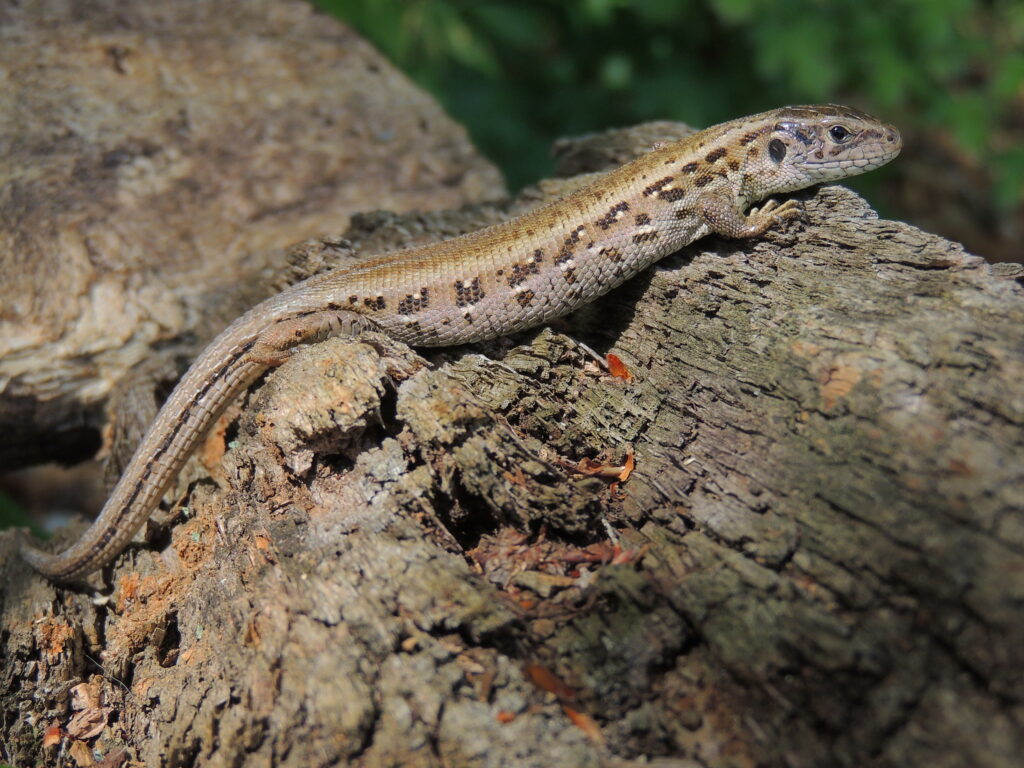
Over one-fifth of reptile species are at risk of extinction. A new study is calling for urgent conservation efforts after assessing over 10,000 species and finding that reptiles are under serious threat of extinction. While numerous assessments are available for birds and mammals, such comprehensive extinction risk estimates have not been completed for reptiles. At least 21% of the species assessed are categorised as being vulnerable, endangered or critically endangered, compared with 41% of amphibians, 25% of mammals and 14% of birds. Conservation measures such as habitat restoration and controlling invasive species have been suggested as ways to reduce these extinction risks.
Policies
Strict controls have been implemented on the import of pine and cedar trees into Great Britain to help protect against the threat of the tree pest Pine Processionary Moth (Thaumetopoea pityocampa). This species can cause significant damage to pine and other conifer trees and could potentially pose a risk to human and animal health. These new regulations ban the import of pine and cedar trees grown in countries where the Pine Processionary Moth is established, such as Italy and France, although exceptions apply in cases where Pest Free Areas are designated or where the trees have been grown under complete physical protection for their lifetime.
Conservation
The tope shark (Galeorhinus galeus), also known as the soupfin shark, snapper shark and school shark, may receive protection under the U.S. Endangered Species Act. The shark, also present in UK waters, has prime habitat in the waters off California, Oregon and Washington. They face a high risk of bycatch and entanglement in gillnets, with populations declining by 88% globally in the past 80 years. The U.S. government will open a public comment period on protection for this species, requiring the National Marine Fisheries Service to decide by February 2023 whether to list the species.
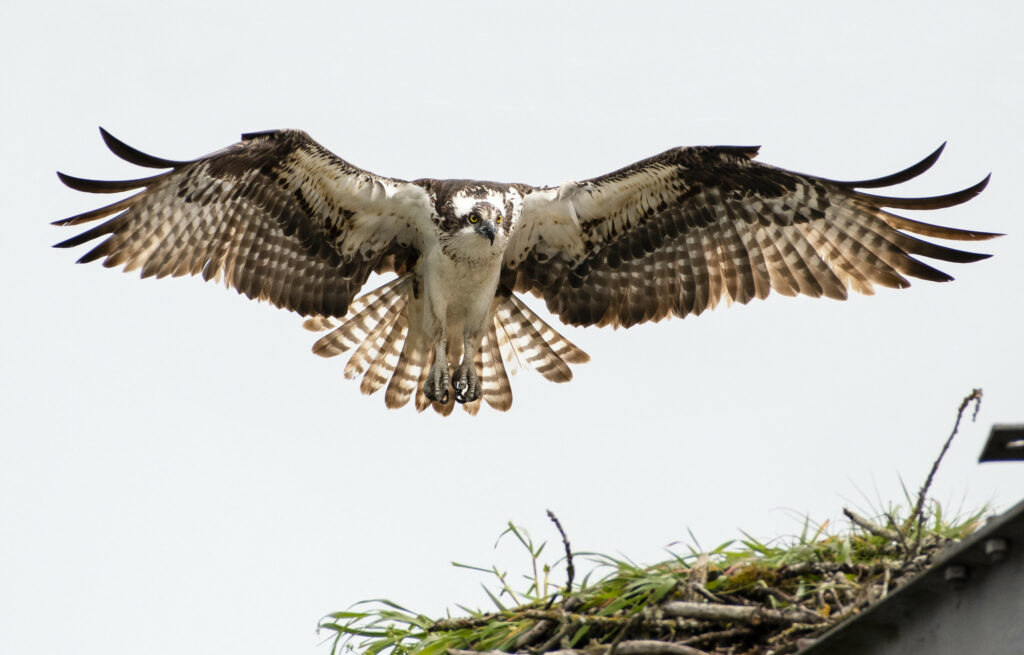
Ospreys (Pandion haliaetus) have produced an egg in southern England for the first time in 200 years. This species became locally extinct in the early 1800s due to habitat loss and persecution by humans. Since 2017, a number of experts have been working to re-introduce ospreys to southern England by relocating adult birds from Scotland. It is hoped that this pair of ospreys at Poole Harbour, Dorset, will produce two more eggs over the week and, after a 35-40 day incubation period, the chicks will hopefully hatch by late May.
A beaver has been released to a site in west Dorset, as part of a new collaborative conservation project between the Cornish Seal Sanctuary and the Beaver Trust as part of the West Dorset wildlife Initiative. This is the first successful transfer of the project and is hoped to be “just the beginning”. Two other beavers were also transferred, with the project aiming to support the restoration of the native species through specialised captive care of youngsters.
This year’s No Mow May has begun, with gardeners being encouraged to leave their lawns unmowed and allow them to grow wild during the month. Conservation charity Plantlife stated that more than 250 plant species were reported during last year’s campaign, as leaving lawns uncut can create a biodiversity hotspot that will benefit pollinators and other insects, as well as other species such as birds. Here at our Devon offices, we will be leaving our grassy lawn un-mown for the duration of May. Last year, we were able to record 24 different flowering species and we’re hoping for even more this year!

